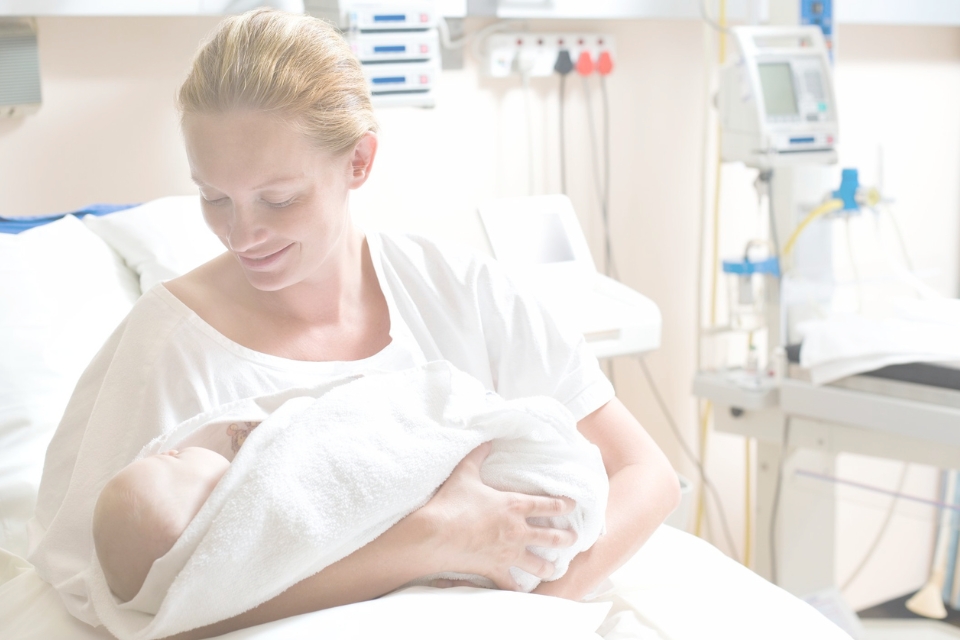Reducing infection risk is a priority concern in maternity care, particularly in the post-Covid era. Neil Stewart, Editorial Director for Maternity and Midwifery forum, reflects on the results of the recent infection control survey undertaken in relation to vaginal examinations.
___________________________
- 84 % of the survey participants were midwives and 15% were other staff, health visitors, medics, support and management staff in maternity services as well as community staff
- 43% of departments were not using a specific antimicrobial obstetric cream for lubrication during examinations and infection control
- Of those who used to use a specific antimicrobial obstetric cream but now don’t, 75% said that their service did not have a specific policy of using specialist antimicrobial cream
- 28% of this same group said this was because of “single use” policies
COVID measures have had lasting impact on how maternity services are delivered.
Changes made during COVID have not always reverted after the pandemic was deemed over, even if COVID remains with us.
“Single use” policies swept through the service, even though single use products were readily available long before COVID.
Midwives have highlighted the slow return of home births and waterbirths while others have highlighted the anecdotal evidence of rising numbers of C sections at a time when maternal deaths have also risen. Whether there is a direct link will need to be the focus of further study, but this is raising questions about the long term impact of COVID measures and their impact on maternity and midwifery practice.
One key area of interest to midwives is infection control in the maternity department and in the home before and after childbirth.
During COVID there was an increase in single use products and a move away from the bulk systems often used by the NHS. One area of interest was antimicrobial obstetrics cream, used widely in the NHS, but reportedly less so post COVID, or not available to staff due to changed policies – many of which have not reverted back to previous policies.
So, the Maternity and Midwifery Forum decided to look into this and conduct a survey among midwives and maternity staff to see what the situation was on the ground.
Open for over a month and supported by Derma UK, the makers of Hibitane Obstetric Cream (an antimicrobial lubricant), we explored what staff were experiencing in departments and the community.
Why does this matter?
Vaginal examination has long been recognised as a risk point for baby and for the mother but also, less recognised a risk to the staff as infections can go two ways.
Infection control measures are in place in all hospital and community settings; what we wanted to see was whether specific licenced obstetrics creams were in use or whether they had been dropped because of single use policies (common antimicrobial creams were bulk dispensers and sidelined by the single use policy).
Additionally, we also wanted to find out whether the obstetric creams (lubricants) that ARE currently used for obstetrics and gynaecology contained a chlorhexidine-based antiseptic as a specific antimicrobial barrier to common infections in pregnancy and uterine examinations, as opposed to using simple water-based lubricants, or depending on other general anti infection measures such as using tap water and the standard use of gloves which were set out in the NICE 2007 guidelines
- 84 % of the survey participants (448 took part) were midwives and 15% were other staff, health visitors, medics, support and management staff in maternity services as well as community staff.
- 43% of departments were not using a specific antimicrobial obstetric cream for lubrication during examinations and infection control.
- Of those who used to use a specific antimicrobial obstetric cream but now don’t, 75% said that their service did not have a specific policy of using specialist antimicrobial cream.
- 28% of this same group said this was because of “single use” policies.
While Hibitane was recognised and had been used by a majority of maternity staff in their career, 75% of those that used to use an antimicrobial obstetric cream but now don’t said that their service did not have a specific policy of using specialist antimicrobial cream, and 28% of this same group said this was because of “single use” policies.
One interesting revelation was about who decides infection control policy. A quick quiz among colleagues would point to the infection control nurse or one of the consultants taking a lead for any specialist measures but 69% said it was decided by “management” rather than clinicians with only small number of under 5% saying it was decided by midwifery.
Interestingly in one question to staff working in the community, the answer was 100% NO when asked if they had an awareness of antimicrobial creams being available in single-use delivery systems, despite small portable 50ml dispensers now being on the NHS procurement list and being available before COVID measures started but not widely available.
Many of the infection control policies changes were understandable under the extreme pressure of COVID but from these survey results the impact seems to have been widespread and long term.
Just under a half of maternity staff said their departments were not using specialist obstetrics cream for the protection of both mothers, and staff.
An increasing number of staff have neither used nor know that there are specialist obstetric creams with antimicrobial capacities, of which Hibitane was the most recognised and most widely used in the departments that DID use specialist licenced obstetric cream. Over time, this could lead to a reduction in the shared knowledge of the importance of specialist creams in vaginal examinations and why this matters for infection control.
Asked to comment, maternity staff were not slow to give an insight into what was driving policy.
In response to the use of Hibitane, several midwives indicated that it was “only used by obstetricians” which is puzzling since infection control policy methods should be common standards.
Others reflected the growing push back against not just antibiotics but anything that might affect the microbiome “ I feel it would disturb the micro biome and lead to more yeast infections for patients” .
However, to date there is no evidence that the intermittent and brief application of a topical formulation of chlorhexidine to the vaginal mucosa has any significant detrimental effect to the function of the vaginal biome although several reported skin irritation reactions.
Several commented that their unit had “low” infection rates through the use of other methods, but as we have seen in the recent maternity scandal the difference between low and no infections can be very serious for the few who do get an infection.
Conclusion
- COVID changes have had a lasting impact, perhaps unintended on infection control choices.
- Maternity Units need to review their infection control policy in particular for vaginal examinations, including the importance of an antimicrobial lubricant
- Maternity Unit policy needs to be updated to reflect the specific risks
- Midwives should have more input on the specific infection risks to mother, baby and staff in pregnancy and childbirth examinations.
- Community midwives should raise the availability of suitable dispensing types for mobile community working.
- Maternity units should consider following the majority practice of ensuring that obstetrics infection control should provide creams that have a chlorhexidine-based antiseptic antimicrobial lubricant licensed for use in Obstetrics and Gynaecology.
Neil Stewart
Editorial Director, Maternity and Midwifery Forum
July 2024


